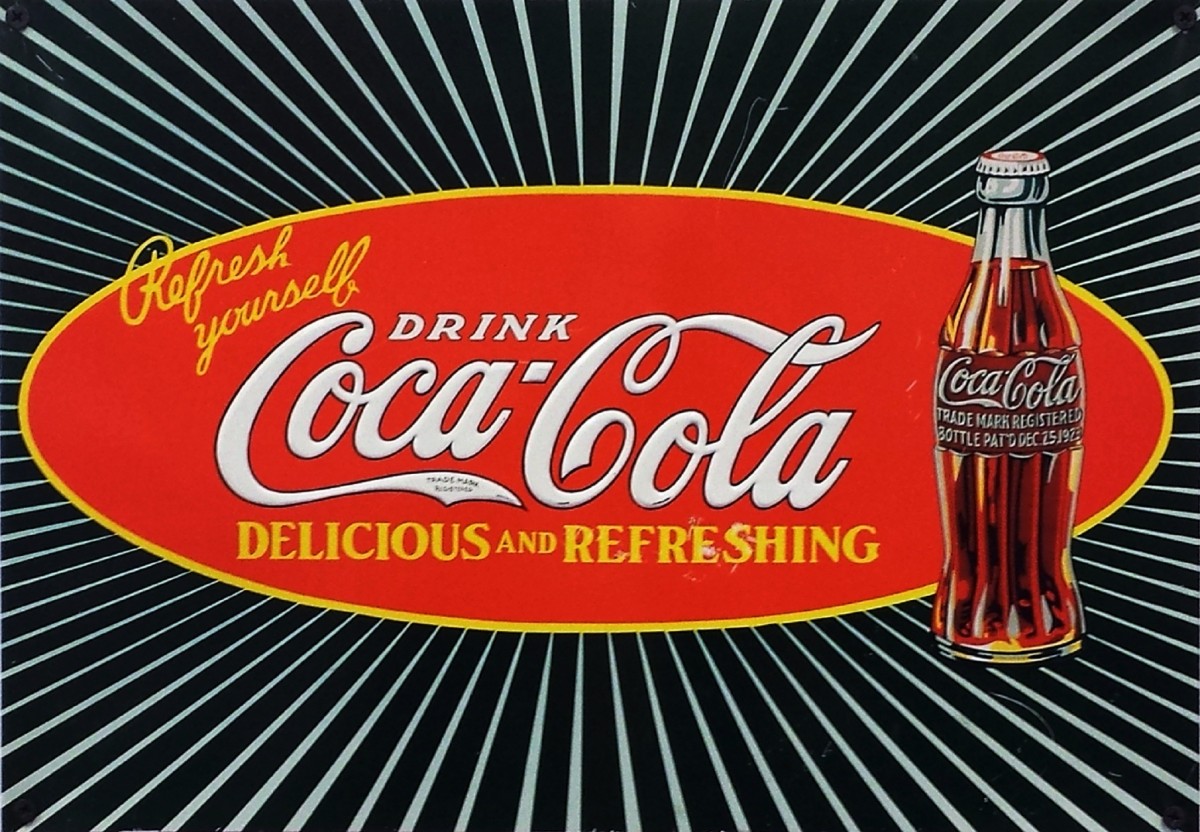Whether you are starting a brand new business, or are just looking for a brand refresh, there are some basics to branding that you should follow.
Define Your Brand
Think of a major brand, like Coca-Cola. What is it about their product that stands out vs. the competition? Coca-Cola is a 130 year old product that is instantly recognizable across the world. Their red and white logo is iconic, and they have always had consistent messaging that their product delivers delicious refreshment and ‘happiness’. Despite competitors producing similar-tasting products, Coca-Cola has such a strong brand that they can charge more for its product — which loyal customers are willing to pay.
This 130-year old success story should help to inspire you in your own quest to define your brand. To help you get started, here are some questions you need to be answering:
- Who is your target audience? Who, exactly, are you trying to reach with your products or services? Who is your ideal customer? Buyer Personas will help you determine this.
- What is your company’s mission statement? You should be able to express your company’s mission statement in a clear and concise way. If you’re stuck here, think of it this way: why does your business exist? What purpose does it have? Who is it helping? What is your company most passionate about? Once you come up with a solid mission statement, this will help inform and influence everything else — from your logo to your website messaging to the way you provide customer service.
- Who are your competitors? You’re here to create your own unique brand, but you can’t do that without knowing what your competitors are doing. Research your main competitors and their brands and dive deep into what they are doing right, and what they are doing wrong in regards to their branding and marketing efforts.
- What are the key benefits and qualities of your product or service? What do you offer that no one else does (or no one else does as well as you)? What differentiates your product or service from the competition? What makes your product or service unique? Once you understand who your Buyer Personas are, define WHY they would choose your product or service over another’s, and this insight will help you to clearly define your value-adds and benefits.
- What do you want customers to think of your company? This is an important one. Do you already have feedback about what customers or prospects think about your company and its offerings? If not, what do you want them to think about it? What will you want them to say about your product or service in a future testimonial or case study?
Create a Brand Strategy
Once you’ve clearly defined your brand, you need to create a strategy. A brand strategy is a documented plan that contains specific, long-term goals and details the what, when, where, how and whom you will be communicating with when delivering your brand messaging. Your logo, website, email communications, social media presence, paid advertising, storefront, signage and packaging are all parts of your brand strategy; consistent messaging across all of these channels will strengthen your overall brand and will help convey your brand “promise” (of why your products or services are superior to the competition) to your customers.
So what does this look like, and what are some of the elements of a brand strategy that you should be tackling?
- Design a great logo (and put it everywhere!) This logo will be on everything you present, print, email, mail, advertise, etc. and is a visual reminder of your brand’s ‘promise’ to its customers.
- Develop brand guidelines which are general style guidelines to direct all internal and external communications and templates. A strong brand style guide will define logo sizes and placement, color palettes, fonts and typography, and image styles. A style guide will help you maintain consistency, which is one of the reason’s Coca-Cola has been killin’ it for 130 years.
- Create a tagline similar to Nike’s “Just Do It” create a unique, memorable statement that captures the essence or promise of your brand.
- Define your brand voice a brand voice will vary depending on your target audience and industry, and defines how you communicate with customers. Is it professional? Technical? Conversational? Humorous? Pick the voice that will resonate the most obviously with your Buyer Personas.
- Communicate your mission and brand messaging every employee in your company should be able to tell you what your mission statement is and follow consistent brand messaging in every external communication they have. This goes as far as to how they answer the phone, what goes in their email signature, how they present themselves in business meetings (are they wearing uniforms or company logos?)
- Be true to your brand if you’re going to be making promises on behalf of your brand, you better be able to deliver. Nothing will make your customers lose trust in you (and ultimately, your brand!) if they have an experience that is not true to the brand messaging you’ve been delivering…and promising. Customers won’t return, and they definitely will not refer you to anyone else.
—
A successful brand building exercise has the ability to transform your small business into a competitive player. As your branding resonates with your Buyer Personas, and you deliver on what you promise, you’ll find prospects become customers, and those customers will develop a deeper level of trust with your brand –increasing purchases, return purchases and the referral of your business as well.



